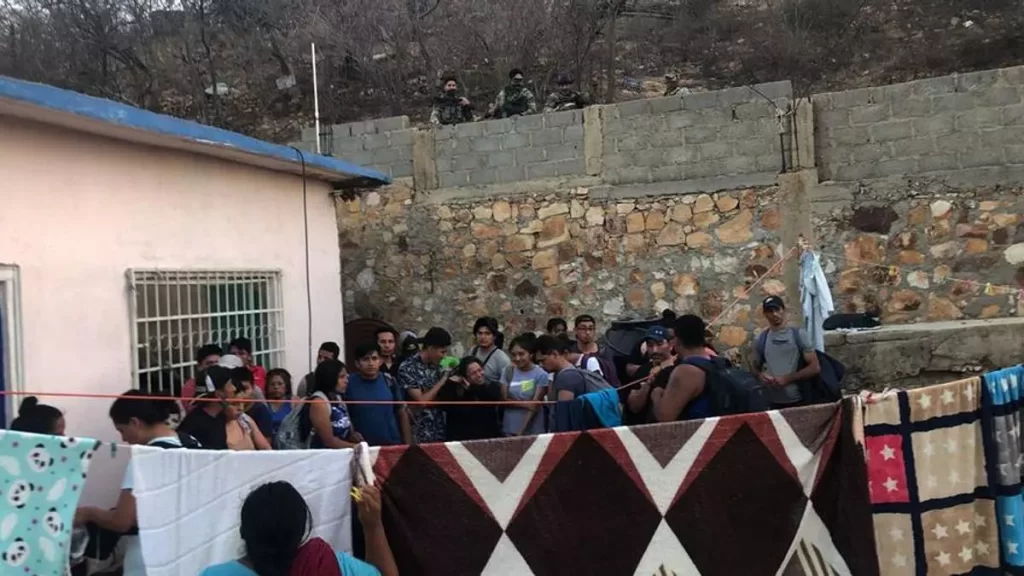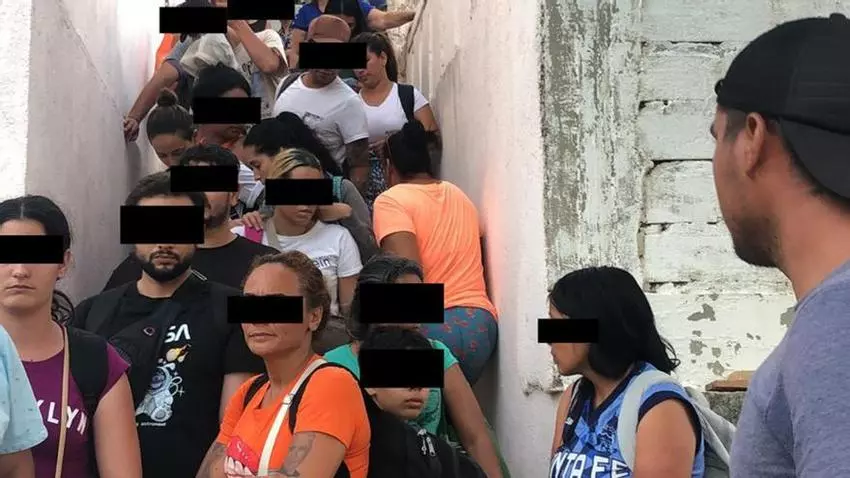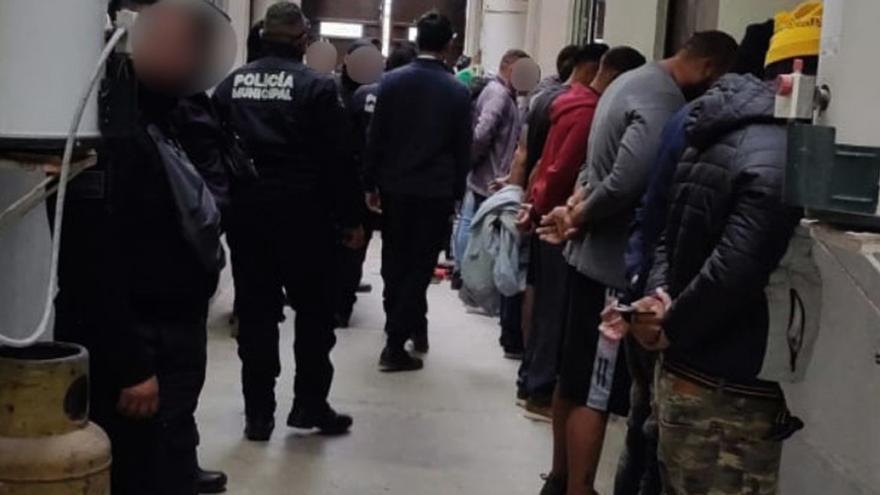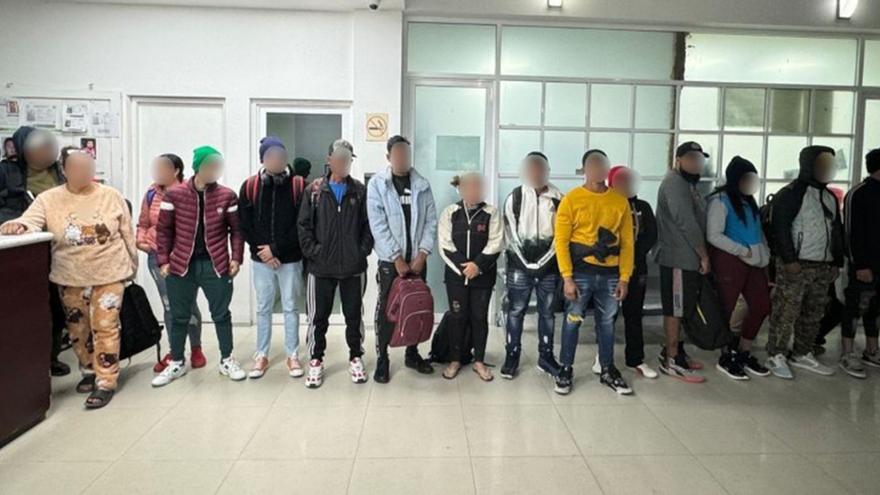
![]() 14ymedio, Ángel Salinas, Mexico City, 8 October 8, 2024 — A group of 23 Cuban doctors have been providing care since October 2 in a half-finished hospital in the municipality of Guaymas, state of Sonora (Mexico). At the same time as the consultations, the doctors have to endure the sounds of construction, and a pharmacy that provides an incomplete catalog of medications. A broken promise is behind the work, for which 26,014,316 dollars were invested, designed to serve 47,000 inhabitants of the Yaqui tribe, an indigenous community in the region.
14ymedio, Ángel Salinas, Mexico City, 8 October 8, 2024 — A group of 23 Cuban doctors have been providing care since October 2 in a half-finished hospital in the municipality of Guaymas, state of Sonora (Mexico). At the same time as the consultations, the doctors have to endure the sounds of construction, and a pharmacy that provides an incomplete catalog of medications. A broken promise is behind the work, for which 26,014,316 dollars were invested, designed to serve 47,000 inhabitants of the Yaqui tribe, an indigenous community in the region.
The Government of Mexico, under Andrés Manuel López Obrador, granted a gift to Cuba with the hiring of doctors. At first it was said that they would be sent to the area of the Montaña de Guerrero, but in the eagerness to locate the Cuban specialists, against whom the national union and the opposition have raised their voices, they have been placed in hospitals in rural areas, and now even in clinics under construction, such as the one in the Yaqui area.

“Governor Alfonso Durazo promised that the hospital would be finished in September. In addition, it would have an operating room and 28 beds,” a source told 14ymedio. Cuban doctors, along with nine Mexican doctors, offer consultations in internal medicine, ophthalmology, ear nose and throat diseases, pediatrics and gynecology, in addition to traditional medicine, according to Alejandro Burboa Luzanilla, director of the medical unit. continue reading
Consultations and other services are done while the hospital is being built, but in the media, the authorities show a different reality. “Everything has been done halfway. Smiling authorities appear in the videos, but everything is a facade,” adds the official.
The project includes two operating rooms, 30 beds, an emergency room, a shelter, pharmacy, X-rays and laboratory, but it does not advance at the pace that the authorities would like. “There are medications in the pharmacy, but some of the shelves are empty.” According to the hospital, the pharmacy has 98% of what is needed, including “antidiabetics, antidepressants and antibiotics.”
According to the official, the Yaquis must adapt to the Cubans, who “speak very fast and are little understood, although the Yaquis are grateful that they are in the region and are guided by the prescriptions they give them.” Official data indicate that in five days, doctors attended to more than 200 patients with diabetes, hypertension and digestive problems, even in the midst of the construction work.
Also, the Cuban specialists – the last ones arrived at the end of September – do not live near the hospital, as they should. “Apparently they still don’t have a house set up for them, so every day they are taken by official transport to cover the morning and afternoon shifts; there are no night shifts,” he said.
The authorities have assured that the work will be completed in December; in the meantime, the doctors will have to adapt and offer their services in the midst of the construction.
Regarding the per diem of Cuban doctors, at the beginning of October it was revealed that the Government of Mexico pays 5,188 dollars a month for salaries, transportation, food and lodging for each of the 3,101 specialists hired from Cuba to offer services in rural areas.

This Tuesday, the arrival at the Imss-Bienestar unit of Tlaltenango, in the state of Zacatecas, of a geriatrician, gastroenterologist and family doctor was made official. Mayor Francisco Delgado Miramontes said that the specialists will begin to consult next week. The coordinator of the unit, Felipe Arreola Torres, said that with the arrival of the specialists, for the first time, it is guaranteed that there will be a doctor in each of the 484 health units.
Another group with 51 Cuban specialists was sent to the state of Hidalgo last Saturday, who were distributed to treat patients in 25 health units located in 16 municipalities of the state.
The arrival of these specialists is part of the agreement between the Government of Mexico and that of Cuba, through Comercializadora de Servicios Médicos Cubanos S.A. de C.V., a Cuban company internationally accused of human trafficking. For the 610 Cuban doctors sent between July 2022 and 2023, it pocketed 23,227,156 euros.
Translated by Regina Anavy
____________
COLLABORATE WITH OUR WORK: The 14ymedio team is committed to practicing serious journalism that reflects Cuba’s reality in all its depth. Thank you for joining us on this long journey. We invite you to continue supporting us by becoming a member of 14ymedio now. Together we can continue transforming journalism in Cuba.




























